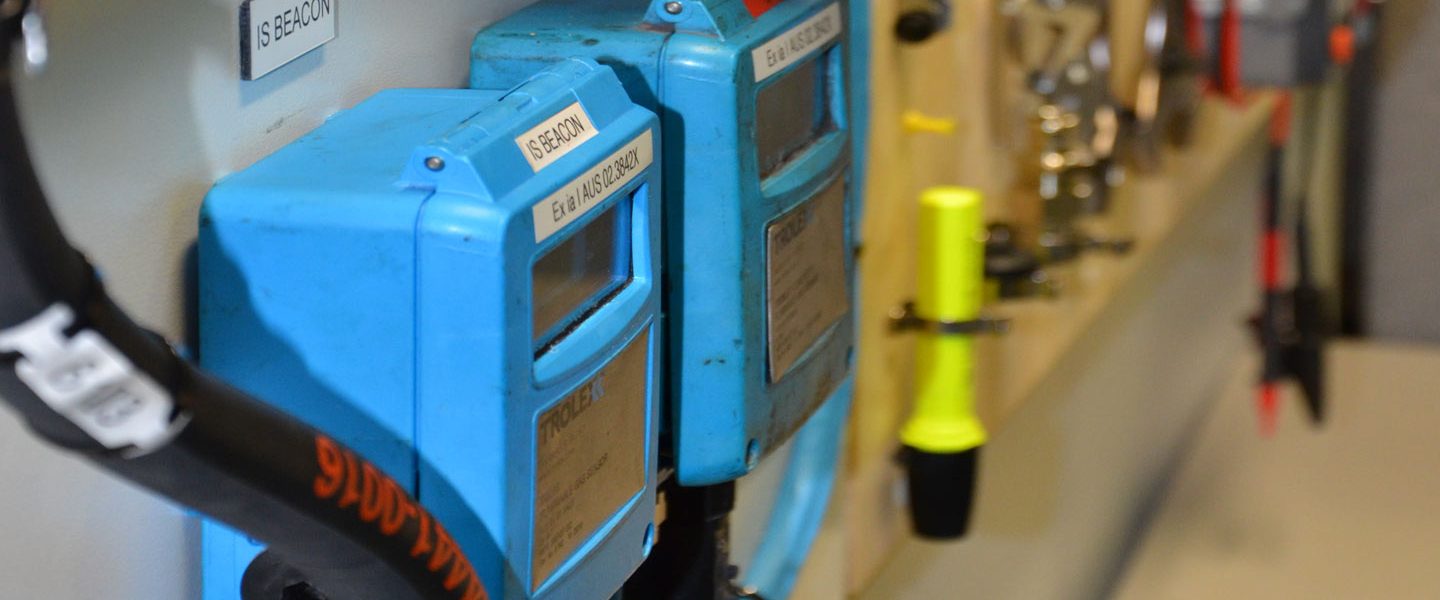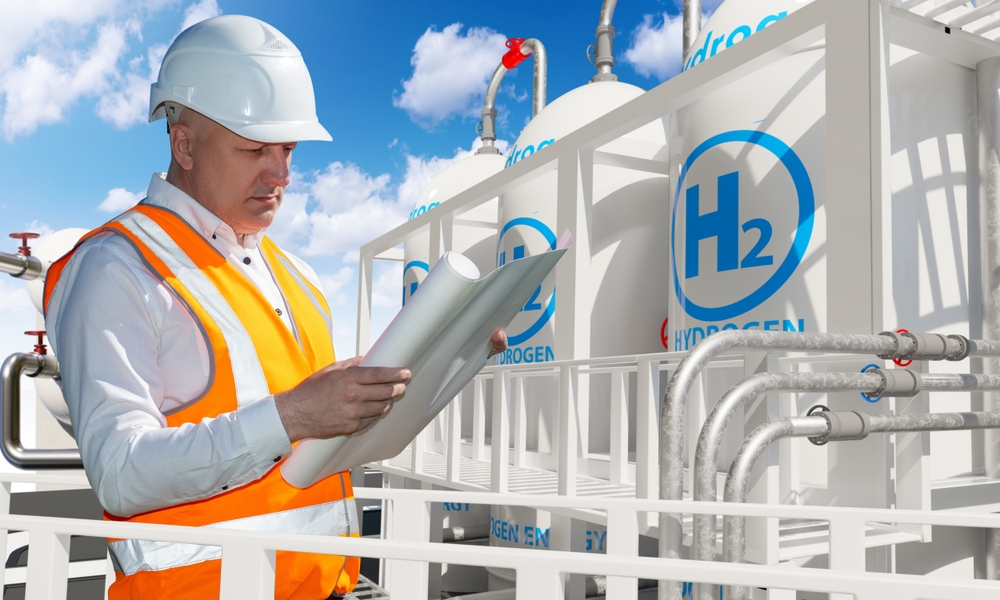The smart Trick of Roar Solutions That Nobody is Talking About
The smart Trick of Roar Solutions That Nobody is Talking About
Blog Article
A Biased View of Roar Solutions
In such an atmosphere a fire or explosion is possible when three fundamental problems are satisfied. This is commonly described as the "dangerous area" or "combustion" triangle. In order to secure installations from a possible explosion an approach of analysing and identifying a possibly unsafe area is required. The objective of this is to ensure the appropriate choice and setup of tools to ultimately protect against a surge and to make certain safety of life.

(https://roarsolutions.edublogs.org/2024/12/02/eeha-certificate-and-eeha-training-your-ultimate-guide/)
No tools must be installed where the surface temperature of the equipment is greater than the ignition temperature of the provided threat. Below are some typical dirt unsafe and their minimum ignition temperature. Coal Dust 380C 225C Polythene 420C (melts) Methyl Cellulose 420C 320C Starch 460C 435C Flour 490C 340C Sugar 490C 460C Grain Dirt 510C 300C Phenolic Material 530C > 450C Aluminium 590C > 450C PVC 700C > 450C Soot 810C 570C The possibility of the threat being present in a focus high enough to trigger an ignition will certainly differ from area to place.
Dangerous area electrical devices possibly developed for use in greater ambient temperature levels. Field Repair Service By Authorised Personnel: Challenging testing might not be needed however specific procedures might require to be adhered to in order for the equipment to preserve its third event rating. Each item of equipment with a dangerous rating ought to be evaluated individually.
Unknown Facts About Roar Solutions
The tools register is a comprehensive data source of devices documents that includes a minimum collection of areas to determine each thing's place, technical criteria, Ex lover classification, age, and ecological data. This details is crucial for monitoring and taking care of the equipment effectively within hazardous locations. On the other hand, for periodic or RBI tasting examinations, the grade will certainly be a mix of In-depth and Close inspections. The proportion of Detailed to Shut inspections will certainly be figured out by the Equipment Risk, which is evaluated based on ignition danger (the likelihood of a resource of ignition versus the chance of a flammable atmosphere )and the harmful location classification
( Zone 0, 1, or 2). This variant will likewise affect the resourcing needs for job preparation. When Whole lots are specified, you can develop tasting plans based on the example size of each Great deal, which refers to the variety of random devices items to be examined. To determine the needed sample dimension, 2 elements need to be reviewed: the size of the Lot and the group of inspection, which shows the level of initiative that should be applied( lowered, typical, or raised )to the inspection of the Lot. By integrating the category of assessment with the Whole lot size, you can then develop the ideal denial standards for an example, meaning the allowable variety of faulty items located within that example. For even more information on this procedure, please describe the Energy Institute Standards. The IEC 60079 typical suggests that the maximum interval between evaluations ought to not exceed 3 years. EEHA evaluations will also be conducted outside of RBI projects as component of scheduled upkeep and devices overhauls or repair services. These examinations can be attributed towards the RBI example sizes within the influenced Great deals. EEHA inspections are conducted to identify mistakes in electrical equipment. A heavy scoring system is necessary, as a solitary piece of devices might have several faults, each with varying degrees of ignition threat. If the combined score of both inspections is less than twice the fault rating, the Lot is considered acceptable. If the Whole lot is still taken into consideration inappropriate, it must go through a complete examination or justification, which may set off more stringent assessment methods. Accepted Whole lot: The sources of any kind of mistakes are identified. If an usual failure setting is located, added devices may need maintenance. Faults are classified by intensity( Security, Stability, Home cleaning ), making certain that immediate concerns are evaluated and addressed without delay to alleviate any type of influence on safety or operations. The EEHA data source ought to track and tape-record the lifecycle of mistakes together with the rehabilitative activities taken. Carrying out a robust Risk-Based Assessment( RBI )approach is critical for ensuring conformity and safety in taking care of Electrical Devices in Hazardous Areas( EEHA) (Roar Training Solutions). Automated Mistake Rating and Lifecycle Administration: Easily take care of mistakes and track their lifecycle to boost assessment precision. The introduction of this assistance for risk-based assessment further enhances Inspectivity's placement as a best-in-class option for regulatory compliance, in addition to for any type of asset-centric evaluation use situation. If you want discovering much more, we invite you to ask for a demonstration and uncover just how our remedy can change your EEHA management procedures.
What Does Roar Solutions Do?

In terms of explosive threat, a dangerous area is a setting in which an eruptive atmosphere is present (or may be expected to be present) in quantities that call for special safety measures for the building and construction, installation and use tools. Roar Solutions. In this write-up we check out the difficulties dealt with in the work environment, the threat control procedures, and the required proficiencies to work securely
It is a consequence of modern life that we manufacture, save or deal with a series of gases or liquids that are considered combustible, and a series of dirts that are deemed flammable. These materials can, in certain problems, form eruptive ambiences and these can have major and awful consequences. The majority of us are acquainted with the fire triangle eliminate any among the 3 aspects and the fire can not take place, however what does this mean in the context of dangerous areas? When damaging this down right into its simplest terms it is essentially: a combination of a certain quantity of launch or leakage of a particular compound or material, mixing with ambient oxygen, and the presence of a resource of ignition.
In many circumstances, we can do little concerning the levels of oxygen in the air, however we can have significant impact on resources of ignition, for instance electric equipment. Hazardous locations are documented on the hazardous location category illustration and are recognized on-site by the triangular "EX-SPOUSE" sign. Here, among various other vital information, areas are split into three kinds relying on the risk, the chance and duration that an explosive environment will certainly exist; Area 0 or 20 is deemed one of the most harmful and Zone 2 or 22 is considered the least.
Report this page